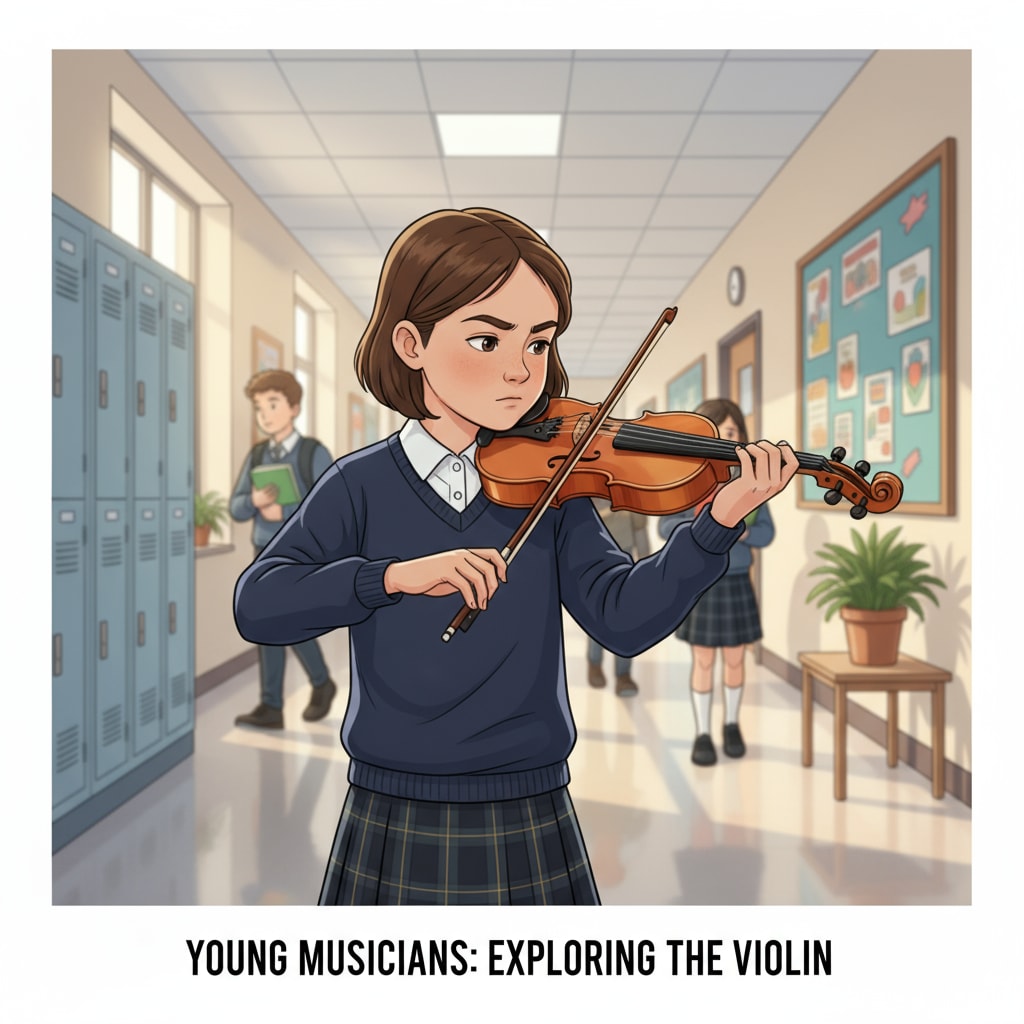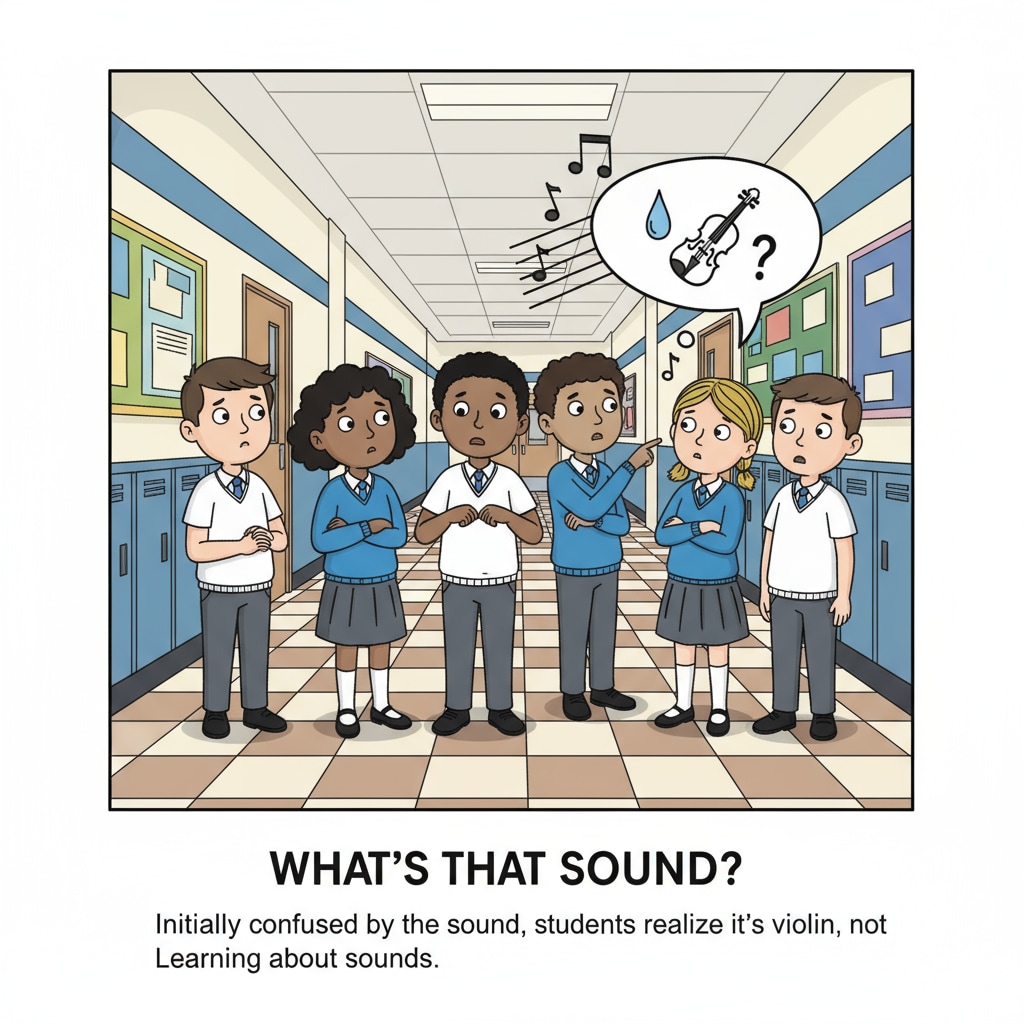The similarity between violin sounds and crying sounds has led to some rather interesting and unexpected situations in school.

When the soft, melancholic notes of the violin first emerge, it’s not uncommon for them to be misinterpreted as someone crying. This phenomenon not only creates momentary confusion but also shines a light on the complex relationship between music and perception, especially within the context of K12 education.
The Unintentional “Crying” Violin
The unique timbre of the violin is part of what makes it so easily misconstrued. Its high-pitched and sometimes wavering tones can mimic the cadence of a cry. For example, when a beginner is still mastering the basics and produces unsteady notes, the sound can be strikingly similar to sobs. In a school setting, where students are often exposed to a wide range of sounds, this similarity can lead to misunderstandings. As a result, instead of being immediately recognized as beautiful music, the violin’s sounds are wrongly associated with distress. Violin on Wikipedia

Implications for Art Education
This confusion between violin sounds and crying has significant implications for art education in K12 schools. Firstly, it reflects a lack of understanding among students about the rich expressiveness of musical instruments. Many may not be exposed to enough diverse music styles and instruments to make accurate distinctions. Secondly, it shows that there is a need for more in-depth art education programs. Teachers should take the opportunity to educate students about the nuances of different musical sounds, helping them appreciate the beauty and complexity of the violin. In addition, this can also be a starting point for discussions about how our perceptions are shaped by our experiences and expectations. Music Education on Britannica
To address this issue, educators can incorporate more hands-on activities related to the violin. For instance, inviting professional violinists to perform in school or organizing violin workshops where students can try playing the instrument themselves. This will give them a better understanding of how the violin produces its unique sounds and reduce the likelihood of misinterpretations.
In conclusion, the “identity crisis” of the violin in school, where its sounds are mistaken for crying, is an opportunity for growth in art education. By raising awareness about the beauty and complexity of the violin, we can create a more inclusive and appreciative school environment. This will not only benefit the students’ understanding of music but also foster a greater respect for all forms of art expression.
Readability guidance: We have used short paragraphs and simple language to make the content accessible. Lists and clear headings help organize the information. Transition words like “for example”, “as a result”, and “in addition” are used to connect ideas smoothly. The focus is on presenting the key points about the violin’s misinterpretation and its implications for art education.


